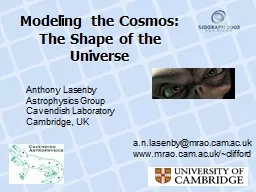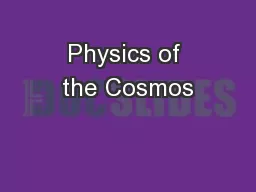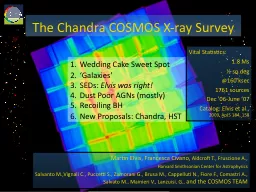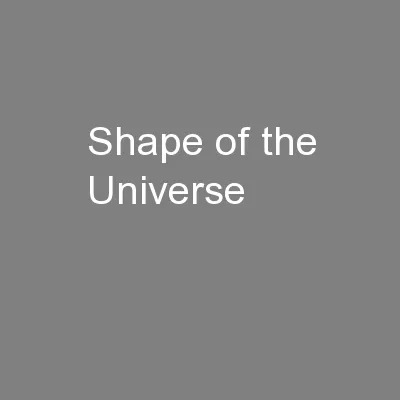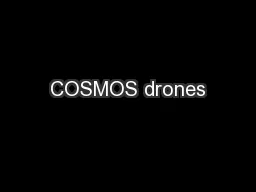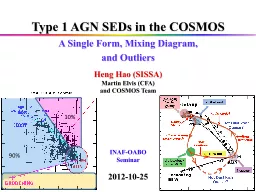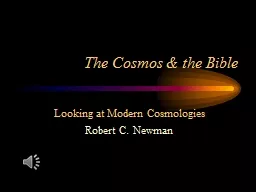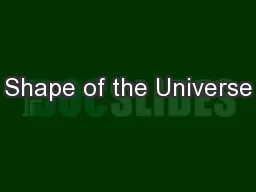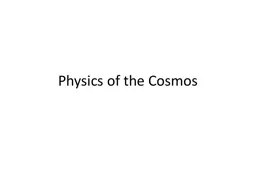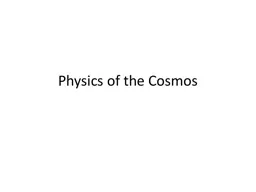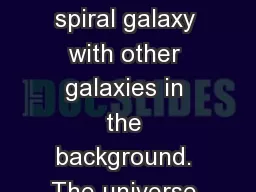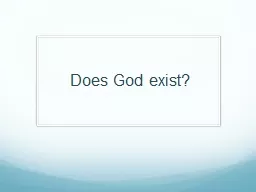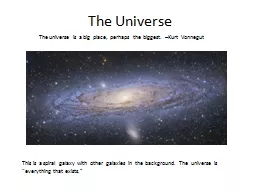PPT-Modeling the Cosmos: The Shape of the Universe
Author : debby-jeon | Published Date : 2016-04-26
Anthony Lasenby Astrophysics Group Cavendish Laboratory Cambridge UK anlasenbymraocamacuk wwwmraocamacukclifford Overview Want to share two recent exciting developments
Presentation Embed Code
Download Presentation
Download Presentation The PPT/PDF document "Modeling the Cosmos: The Shape of the Un..." is the property of its rightful owner. Permission is granted to download and print the materials on this website for personal, non-commercial use only, and to display it on your personal computer provided you do not modify the materials and that you retain all copyright notices contained in the materials. By downloading content from our website, you accept the terms of this agreement.
Modeling the Cosmos: The Shape of the Universe: Transcript
Download Rules Of Document
"Modeling the Cosmos: The Shape of the Universe"The content belongs to its owner. You may download and print it for personal use, without modification, and keep all copyright notices. By downloading, you agree to these terms.
Related Documents

